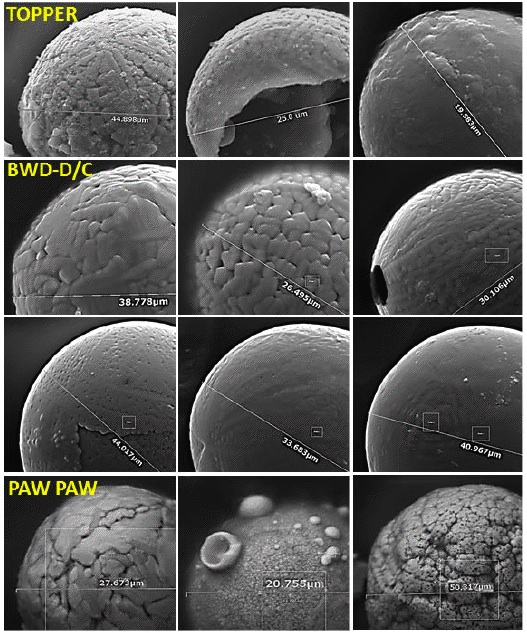
If such an impact took place, it did not leave behind any obvious clues like a crater. But microscopic melted rock formations called spherules and nano-sized diamonds in ancient soil layers could be telltale signs of a big collision. The mix of particles could only have formed under extreme temperatures, created by a comet or asteroid impact.
Researchers first reported in 2007 that these particles were found at several archaeological sites in layers of sediment 12,900 years old. Now an independent study published in the (Sept.17) in the Proceedings of the National Academy of Sciences (PNAS) says those findings hold up.
A team led by Malcolm LeCompte, of Elizabeth City State University in North Carolina, studied sediment samples from three sites in the Unites States: Blackwater Draw in New Mexico, Topper in South Carolina and Paw Paw Cove in Maryland. The researchers said they found the same microscopic spherules in some of the same ancient layers.
A comet crash in the ice fields of eastern Canada could explain the region's die-off during the late Pleistocene epoch. While the cause of the catastrophic extinction event has been debated, researchers say it killed off three-fourths of North America's large Ice Age animals and the Clovis people, a Stone Age group that had only recently immigrated to the continent.
In the PNAS study, researchers tested Clovis levels at Topper for the microscopic soil clues.
"If debris was raining down from the atmosphere, the artifacts should have acted as a shield preventing spherules from accumulating in the layer underneath," University of South Carolina archaeologist Albert Goodyear said in a statement. "It turns out it really worked! There were up to 30 times more spherules at and just above the Clovis surface than beneath the artifacts."
An impact also would explain what set off the Younger Dryas period or "Big Freeze," a 1,300-year era of glacial conditions that has been well-documented ocean cores and ancient soil samples. A comet would have produced enormous fires that melted large chunks of the North American ice sheet, sending cold water into the world's oceans and disrupting the circulation of currents responsible for global heat transport.



...from Semjase.net: [Link]
"9498 B.C. Atlantis and Mu destroy each other and ruin the planet. The air is not breathable for 50 years. All survivors are driven underground."
This is only 11,500 years ago - a little off.
Of course, the idea that such "extreme temperatures" could have been caused by devices similar to atomic weapons is "unscientific."
But...why no crater?